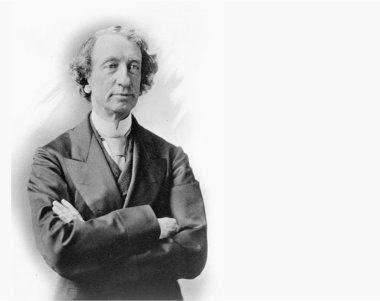When a woman charged with adultery was brought before him, Jesus said, “He that is without sin among you, let him cast the first stone at her”. The prophetic words of Jesus, uttered more than 2,000 years ago, should have served as a danger signal to the activists anxious to destroy the reputation of Sir John A. Macdonald, Canada’s first prime minister. By demanding that his statues be removed from their places of honour around the country they have opened themselves to serious pushback.
Indigenous people in Canada have a long proud history, stretching back 12,000 years. And, as with Sir John A. Macdonald, among their legacy, there is some well-documented, disturbing past history of their ancestors’ actions that their modern descendants most assuredly would sooner forget. But again, it may be rightfully argued that their forebears were also simply a product of their time.
Like humans worldwide, Indigenous people, for centuries, engaged in frequent warfare with their enemies. Some Indigenous warriors treated their captives with unimaginable cruelty after a battle, employing highly ritualized lethal practices that almost always ended in a painful, lingering death.
Descendants would not be very proud of the ancient practice of ritually torturing prisoners. But like it or not, these repulsive practices were a product of their time, part of their history, although seldom found in school textbooks. Should long dead Indigenous historical figures be condemned for their peoples’ past actions and their reputations be tarnished?
The fairly recent controversy swirling around the push to tear down the statues of some of Canada’s long dead historical figures because of “sins” perpetrated against Indigenous people. Particularly vocal were the country-wide storm of protests by some groups to remove the statues of our founding prime minister, Sir John A. Macdonald, a giant of a leader who led the way for the formation of our country.
Macdonald had suddenly become a pariah according to some activists, including some Indigenous leaders. They belatedly discovered that Macdonald, also a product of his time, had flaws as a politician, and should be condemned, especially for his role in the well-intentioned, but disastrous Indigenous residential school program. They neglected to mention that this policy was in place in Canada for 120 years through the tenure of 20 prime ministers. Although initiated somewhat earlier, it became officially policy in 1876, when Alexander Mackenzie, not Macdonald, was prime minister. The program ended in 1996 during Jean Chretien’s tenure, when the last residential school closed. By the activists’ logic, all of these prime ministers should be tarred with the same brush for perpetuating this highly unsuccessful abominable attempt at social engineering.
City councilors of Victoria, B.C. were the first to single out our first prime minister and thus be seen as being politically-correct leaders. They voted to remove Macdonald’s statue from the steps of City Hall. However, they may have been surprised to find that they out of step with the general public as a Canada-wide survey found that Macdonald’s statues should remain in place.
Some Canadian jurisdictions, such as the city councilors in Victoria, B.C. were bent on redress when they eagerly buckled to activist hype and removed Macdonald’s statue.
A few staunch allies came to Macdonald’s defense. One was Andrew Scheer, federal leader of the Conservative Party. It took steely courage for a sitting politician to stand up to the activists and call the attempt to sully Sir John’s reputation a disgrace. But he did.






Peter Scotchmer6 years ago
Beautifully written, Dr. McDonald. As the Aussies say, ‘Good on you’ for standing up for common sense.